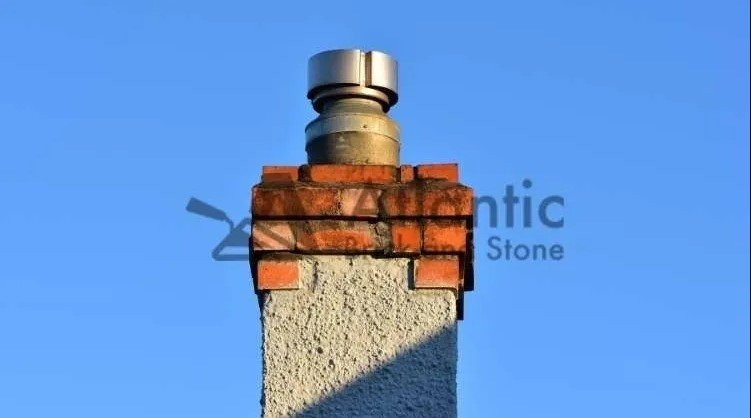Why is Flue Liner Important?
Flue liners are generally very long-lasting, but you may need a replacement if your chimney is not lined, or it is damaged or not the right size. Flue liners, also known as chimney liners, are among the most important components of a chimney because they prevent combustion products, such as creosote, from getting into other parts of your home. In addition to preventing fires, this essential role prevents carbon monoxide poisoning. A flue liner also facilitates proper airflow, which enhances the efficiency of a fireplace.
Types of Flue Liners
Liners can be classified into three groups: clay, concrete, and metal. There are advantages and disadvantages to each of them.
Repairing a chimney usually involves installing metal flue liners. Stainless steel or aluminum is used in its manufacturing.
Metal Chimney Liner
Aluminum is commonly used in gas fireplaces. Wood-burning fireplaces cannot use this option. For fireplaces that burn wood or oil, stainless steel is used. It is advisable to cover metal types with insulation, which improves their safety and efficiency. According to the majority of
masonry contractors, installing stainless steel liners is less challenging and more affordable, which is why they are increasingly popular. The life expectancy of stainless steel flue liners is up to 30 years, and many are covered by lifetime warranties.
Clay Flue Liner
The second type of liner is clay-based. Clay tiles are affordable, which makes them a common choice. The type is highly effective in a fireplace, especially one that is open. About 50 years is the average lifespan of these liners. The disadvantage of this type is the ceramic material, which cracks in the event of a fire. Another disadvantage is that tiles cannot properly accommodate the liquid combustion byproducts generated by gas appliances today. The most popular liner for masonry chimneys has been clay tile, but stainless steel is taking its place.
Cast in Place Liner
Cast-in-places are the 3rd type of chimney liner. A heat-resistant cast is poured inside the chimney. Powdered volcanic rock and cement material are used to create this lightweight cast. It provides an insulated path for gas to escape. In addition to being compatible with all types of fireplaces, they also improve on older chimney models. Their only disadvantage is that they can’t be reversed after installation.
If you are confused about which type will be best for your chimney and cannot decide, don’t worry. Call Atlantic Brick and Stone for a free consultation.
